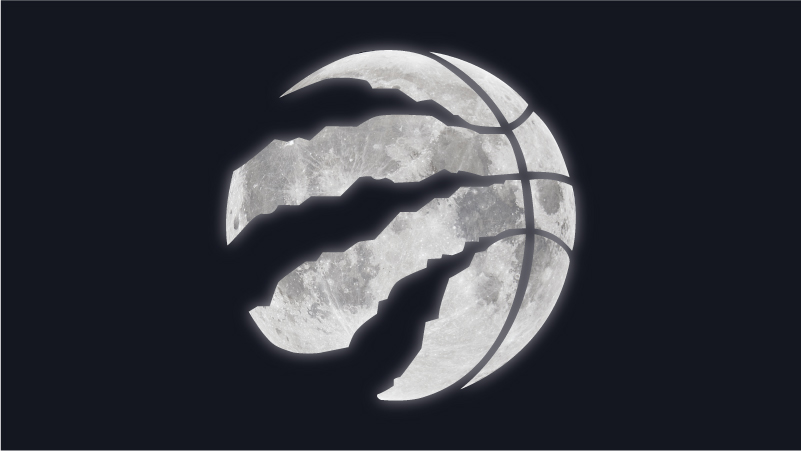ABOVE: Protesters and police clash in Sao Paulo before World Cup match

SAO PAULO, Brazil – Protesters and Brazilian police clashed in Sao Paulo and Rio de Janeiro on Thursday ahead of the first World Cup match, but the demonstrations largely died down before kickoff.
More than 300 demonstrators gathered along a main highway leading to the stadium in Sao Paulo. Some tried to block traffic, but police repeatedly pushed them back, firing canisters of tear gas and using stun grenades. The flow of traffic to the arena was not blocked.
READ MORE: World Cup fever kicks off with Brazil vs Croatia
Later, a group of fewer than 100 protesters gathered near a subway stop about 8 miles (13 kilometres) west of the stadium. No protests reported near the arena itself.
IN PHOTOS: Powerful images of protests against World Cup in Brazil
A few protesters suffered injuries after being hit by rubber bullets, while others were seen choking after inhaling tear gas. An Associated Press photographer was injured in the leg after a stun grenade exploded near him. CNN reported on its website that two of its journalists were also injured.
“I’m totally against the Cup,” said protester Tameres Mota, a university student at the Sao Paulo demonstration. “We’re in a country where the money doesn’t go to the community, and meanwhile we see all these millions spent on stadiums.”
In the crowd were anarchist adherents to the “Black Bloc” tactic of protest, a violent form of demonstration and vandalism that emerged in the 1980s in West Germany and helped shut down the 1999 World Trade Summit in Seattle.
READ MORE: Civil strife all part of the game in Brazil
Such Black Bloc protesters have frequently squared off against police in several Brazilian cities in the past year, as a drumbeat of anti-government demonstrations have continued since a massive wave of protests hit Brazil last year.
Meanwhile, about 300 protesters gathered in central Rio de Janeiro in another demonstration against the World Cup. Police started using tear gas and took a few protesters there into custody, as marchers took to streets to denounce lavish public spending on a sports tournament in a nation with profound social needs.
But that protest also mostly dissipated a few hours before the match.
The demonstrations in recent months have paled in comparison those last year, when a million people took to the streets on a single night airing laments including the sorry state of Brazil’s public services despite the heavy tax burden its citizens endure. Those protests were largely spontaneous and no single group organized them.
That’s now changed, said David Fleischer, a political scientist at the University of Brasilia. He said the recent protests have shrunk, because they are “very specific in their aims, so they are quite easy for the police to control.”
Because the recent protests have been organized by established groups, there are leaders with whom the government can negotiate. Fleischer noted that federal officials recently convinced a large activist group of homeless workers to not demonstrate during Cup.
But there will remain remnants of protests because people who adhere to the Black Bloc movement and other “anonymous groups are difficult to negotiate with because they have no leaders to dialogue with,” Fleischer said.



Comments